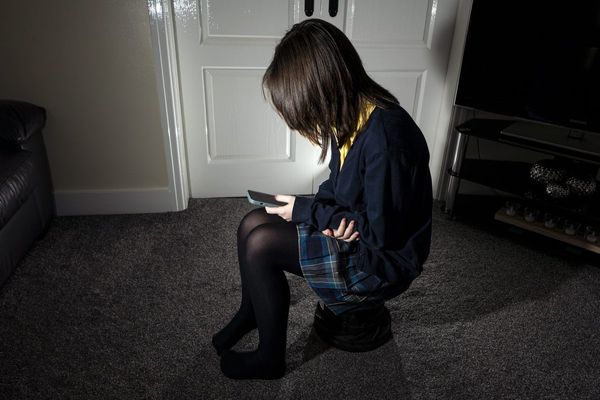The Health department will focus on creating more awareness of monkeypox, its symptoms and modes of transmission among the public, dermatologists and groups exhibiting high-risk behaviour so that even in the absence of classical symptoms, a high level of suspicion of the disease will be maintained by everyone.
All three cases of monkeypox detected in Kerala so far are imported cases and in all these cases, the patients had the classical symptoms of fever, with lesions soon following.
However, with more reports from the U.K. and the rest of Europe indicating that the monkeypox symptoms in the current outbreak are different from the typical clinical picture of the disease, the threat that cases could go under the radar cannot be discounted.
Atypical symptoms
“All recent studies indicate that monkeypox cases are increasingly presenting with atypical symptoms. Patients may or may not have fever; lesions may be few or restricted to the mouth or the genital region. We need to sensitise people and dermatologists in particular (because they are often the first point of contact for patients developing a rash) to the changing spectrum of clinical presentation of monkeypox,” a senior public health professional said.
The most recent study, which appeared in the New England Journal of Medicine last week, which studied 528 infections between April-June says that 95% had a rash (with 64% having less than 10 lesions). Also, 73% had anogenital lesions, and 41% had mucosal lesions (with 54 having a single genital lesion). The study suggested that amplification of transmission seemed to be through sexual networks and that a diagnosis of monkeypox should be considered in at-risk persons presenting with traditional sexually transmitted infections symptoms.
The World Health Organisation (WHO) says that while everyone can catch monkeypox, not everyone is at equal risk.
High-risk sexual behaviour
Though the majority of patients presenting with monkeypox in Europe have been men with high-risk sexual behaviour, anyone who has extremely close contact with someone who is infectious can catch monkeypox, regardless of their sexual orientation, says WHO.
“On Saturday, the U.S. reported the first two cases of monkeypox in children, which is a clear indication of household transmission. That said, sustained transmission continues to be within groups with high-risk behaviour and hence we have put our sexually transmitted diseases (STD) clinics on the alert,” a Health official said.
“People should be equipped with all information on monkeypox and its transmission so that they themselves know their level of risk. Establishing the epidemiological link and tracing the contact history are crucial in every case,” he added.
The transmission dynamics of the virus indicates that its secondary attack rate (the probability of the spread of an infection within a group, like family/household) is just 8%. This means that even among close contacts, one has to have close skin-to-skin contact with the infected person to contract the disease.
The Health department has thus been quick to rope in the Kerala State AIDS Control Society to augment surveillance and awareness amongst the high-risk groups and to sharpen the surveillance around its sexually transmitted diseases (STD) clinics.
“We understand that our high-risk groups (female sex workers, men who have sex with men, truckers ) are extremely vulnerable in this outbreak of monkeypox and hence we have already reached out to them through our targetted intervention programmes. We have 64 such programmes across the State. Another focus area for surveillance and awareness creation are our STD clinics,” KSACS Project Director R. Ramesh said.
Public health experts have already been training counsellors, peer educators and outreach workers working in the targetted intervention programmes so that they can communicate properly about the disease to the high-risk groups.
“It is difficult to get the high-risk groups in a classroom but they are all linked through social media, through which we plan to reach out to them,” Dr. Ramesh said.







